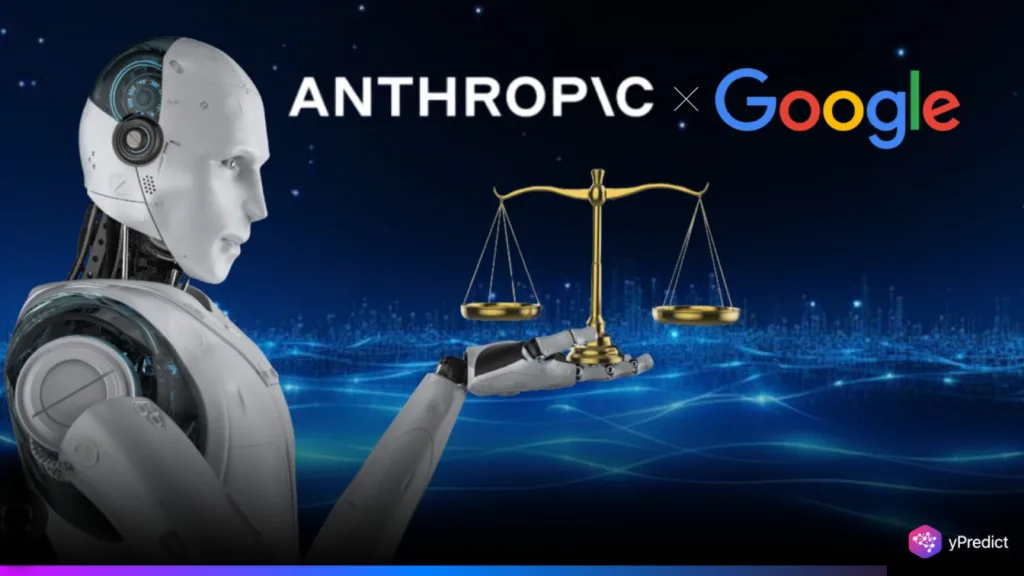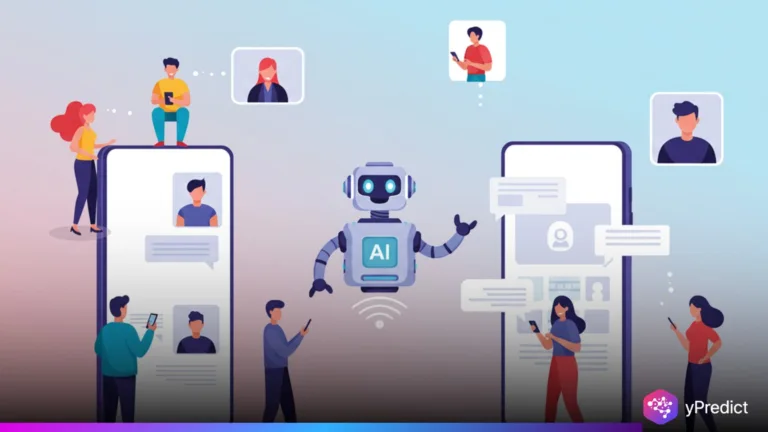
A growing legal tech startup, Harvey, expanded its AI infrastructure by integrating models from Google DeepMind and Anthropic for diversification. This strategic shift ends its exclusive dependence on OpenAI and reflects a broader enterprise trend toward diversifying artificial intelligence model providers.
This Harvey AI partnership not only reduces dependency on OpenAI but also enables custom performance matching in legal applications like contract drafting and litigation, and dependency on a single provider. This reflects a broader industry trend toward multi-model adoption in enterprise AI. For OpenAI, the change signals a loss of exclusivity and a potential challenge to its dominance in professional-grade deployments.
Harvey Expands Beyond OpenAI
Harvey was founded in 2022, and with early support from the OpenAI Startup Fund, has quickly become a notable player in the legal tech industry. Although the company initially concentrated on OpenAI’s models, it is now diversifying its AI infrastructure to incorporate models from Google and Anthropic, indicating a significant change in approach.
The move was announced by Harvey in their official blog post on Tuesday. The post stated that,
At Harvey, our mission is to build the best AI for legal work. As AI systems have evolved from chat interfaces to agents and workflows, delivering on this mission requires Harvey to change as well. The first change we are making is to incorporate and optimize leading foundation models from Anthropic and Google for use across the Harvey platform.
This change comes after the findings of Harvey’s in-house benchmarking project, BigLaw Bench, which assessed the performance of different foundation models on activities unique to the legal industry. The results showed that the model’s performance varied significantly among the various legal realms.

Moreover, the benchmark indicated that various foundation models contribute distinct capabilities to specialised legal functions. Google’s Gemini 2.5 Pro, for example, excelled at drafting structured legal documents, whereas OpenAI’s models outperformed others in pre-trial preparation tasks such as writing oral arguments. And Anthropic’s Claude 3.7 Sonnet exhibited strong performance in legal reasoning and summarisation, providing another tempting alternative for Harvey’s AI stack.
Therefore, rather than investing extensively in training its models, Harvey adopted a multi-model strategy, getting high-performing systems from prominent providers and fine-tuning them for legal use. This technique enables Harvey to use the best features of each model based on the assignment, improving accuracy, efficiency, and flexibility for law firms and corporate legal teams.
Breaking the Monoculture
This strategic diversification undermines the reliance on OpenAI’s huge language models in legal AI solutions. It also represents the growing demand among legal firms for flexibility, redundancy, and model openness. However, Harvey emphasised that the shift is not a departure from OpenAI, but rather an expansion to embrace a larger set of capabilities.
The business is now developing AI agents using a combination of models hosted by different cloud providers, including Google Cloud and Amazon Web Services. They wrote that,
We are excited to announce the integration of Anthropic and Google models to supplement our existing OpenAI models in the Harvey platform. Integrating these additional models will provide us with more optionality in selecting the best models for particular legal tasks.
Conclusion
Harvey’s support for a multi-model ecosystem has impacts beyond performance. It changes the way legal experts interact with AI tools by providing more customised solutions for drafting, litigation support, contract review, and research. With models such as Gemini 1.5 Pro leading in structured drafting and Claude 3 Sonnet excelling in summarisation, the company aspires to give best-in-class outcomes in every legal use case.
While OpenAI is a key component of Harvey’s architecture, the inclusion of competing models heralds a new era of competitive collaboration in legal AI, driven by data, performance, and real-world outcomes rather than exclusivity.






